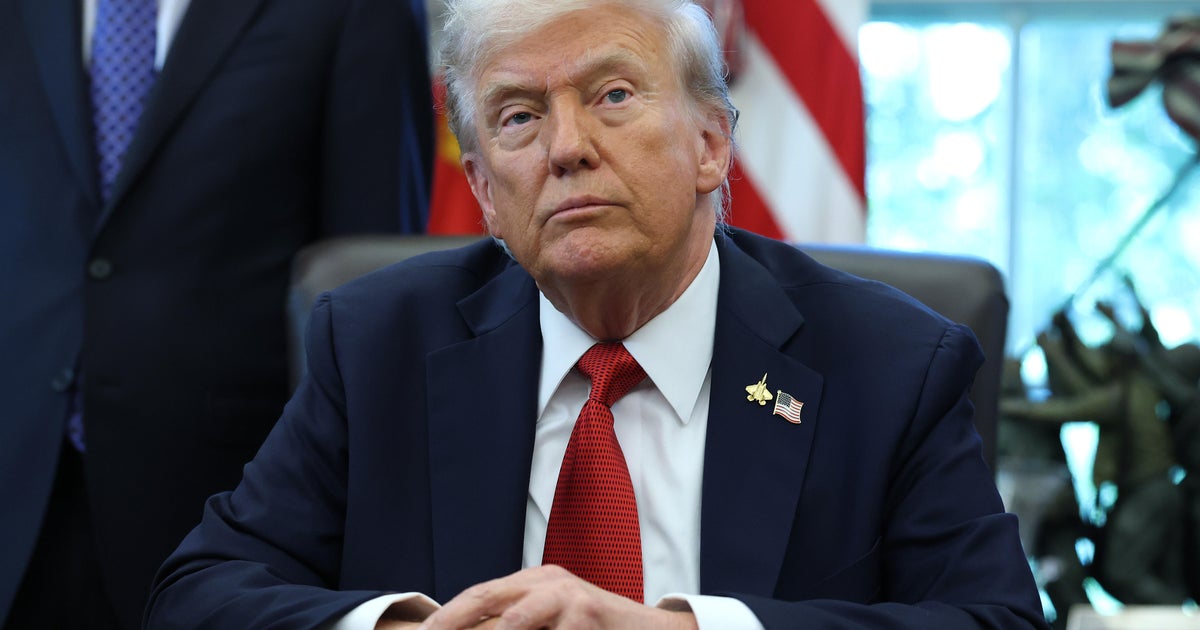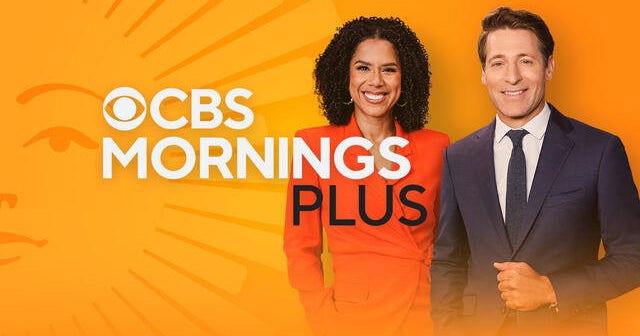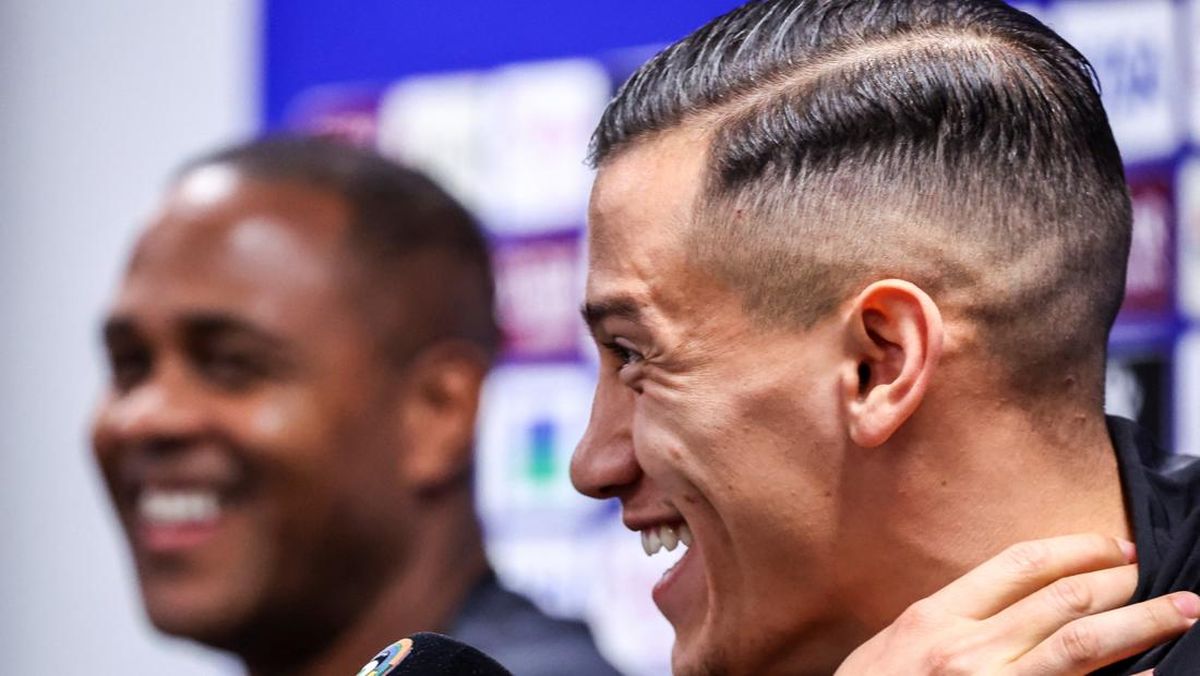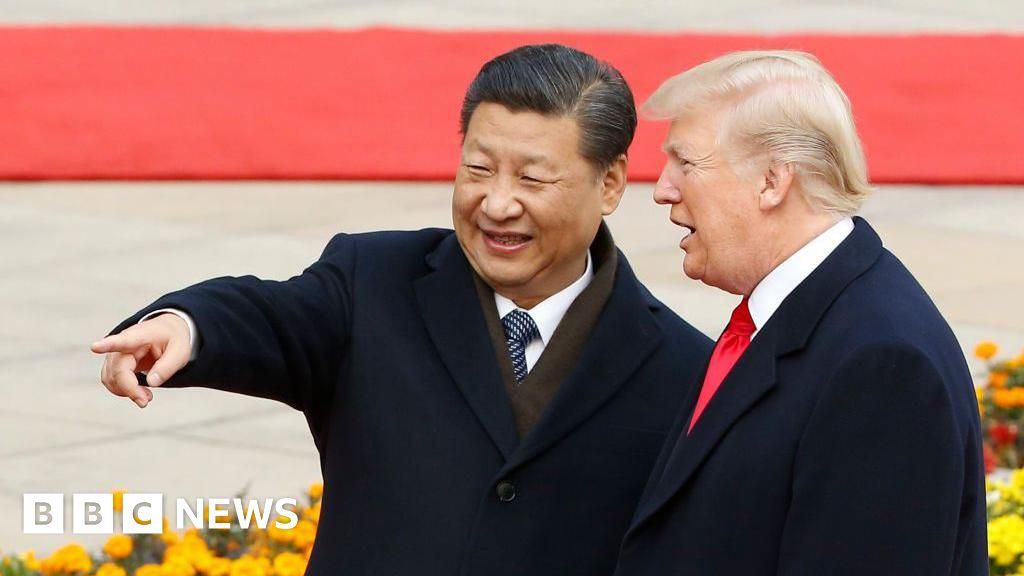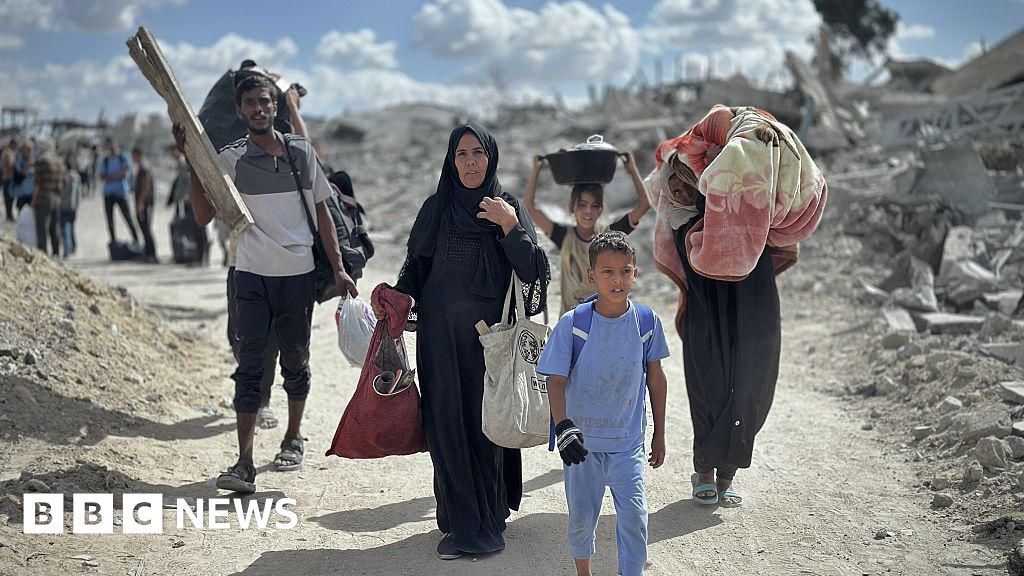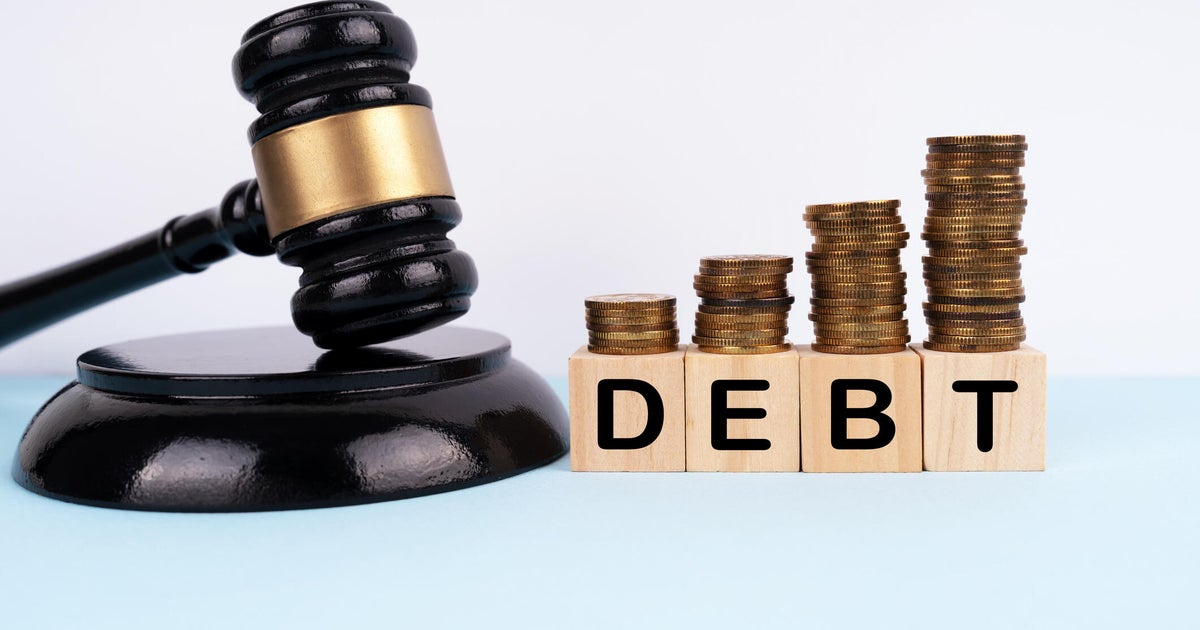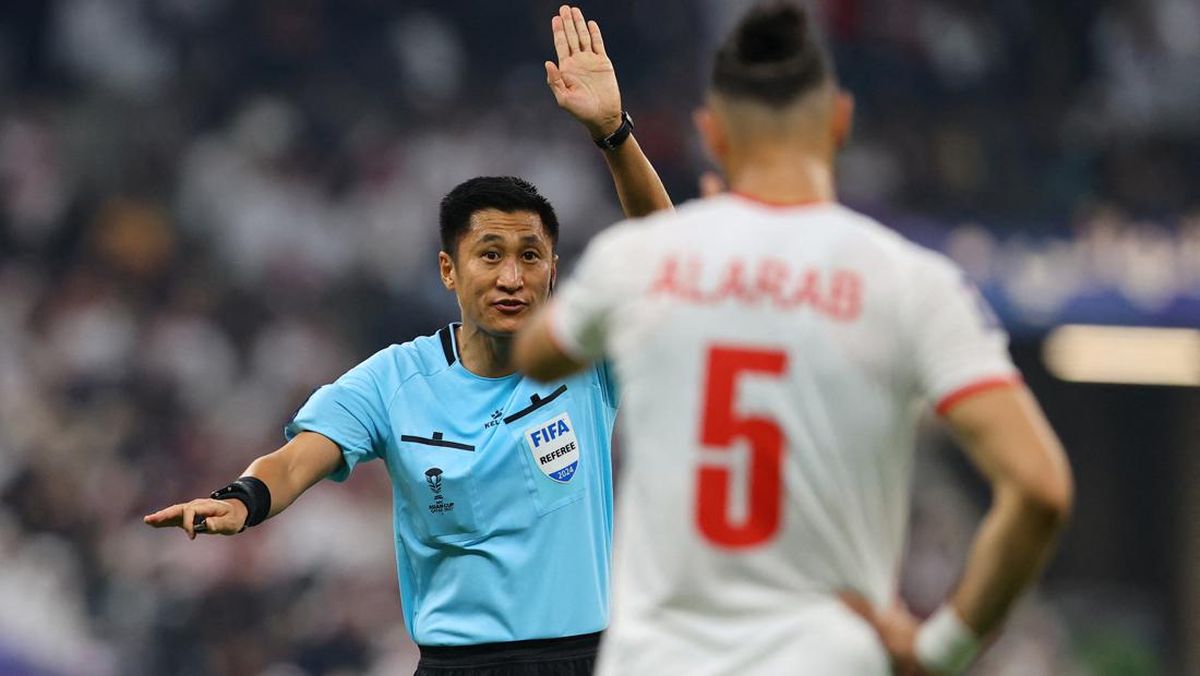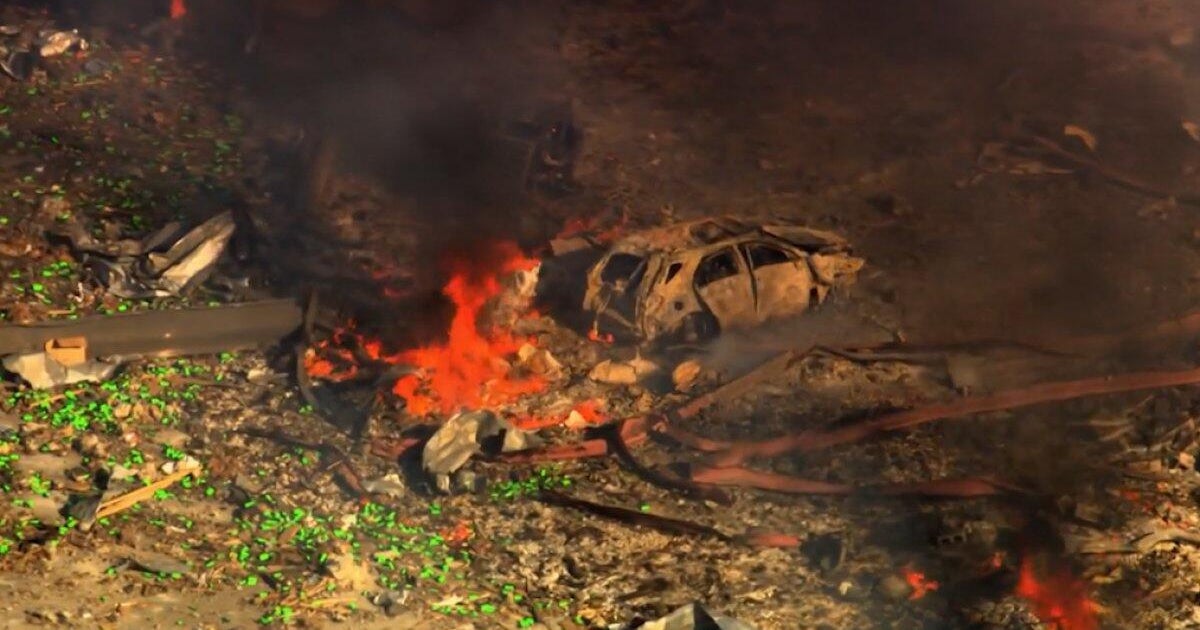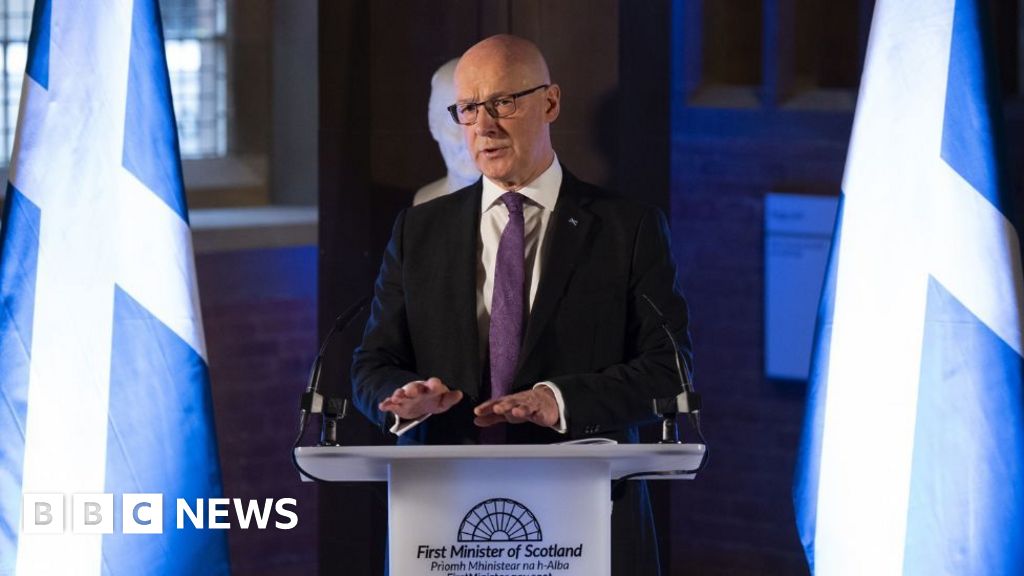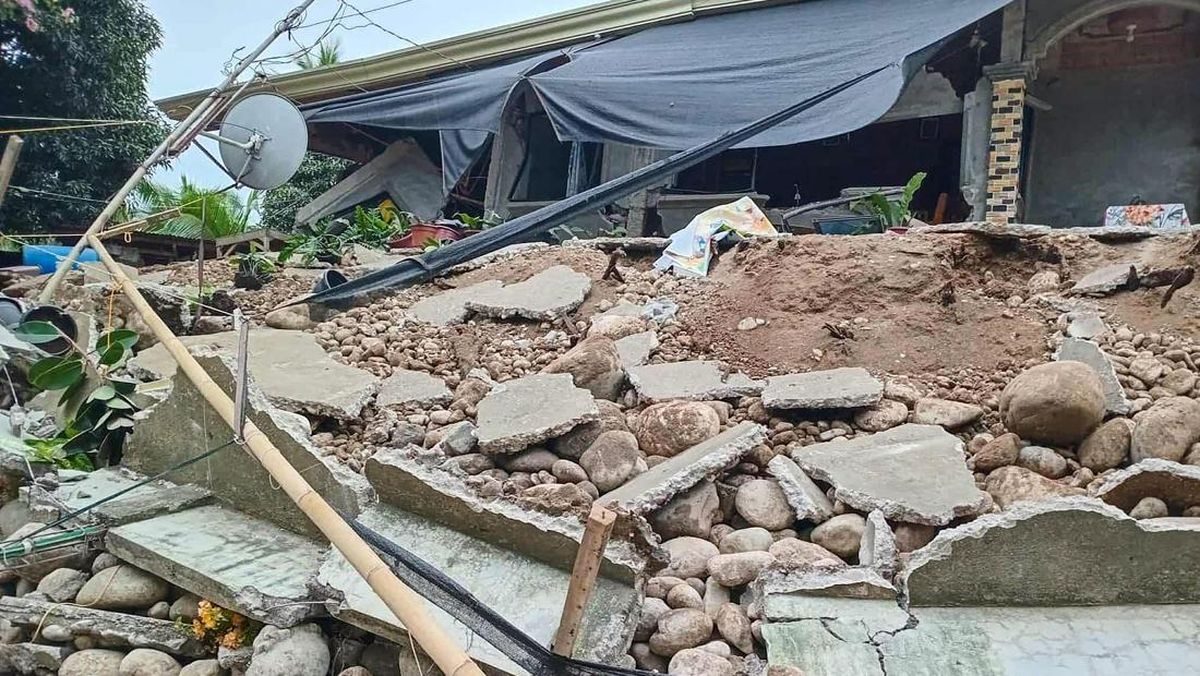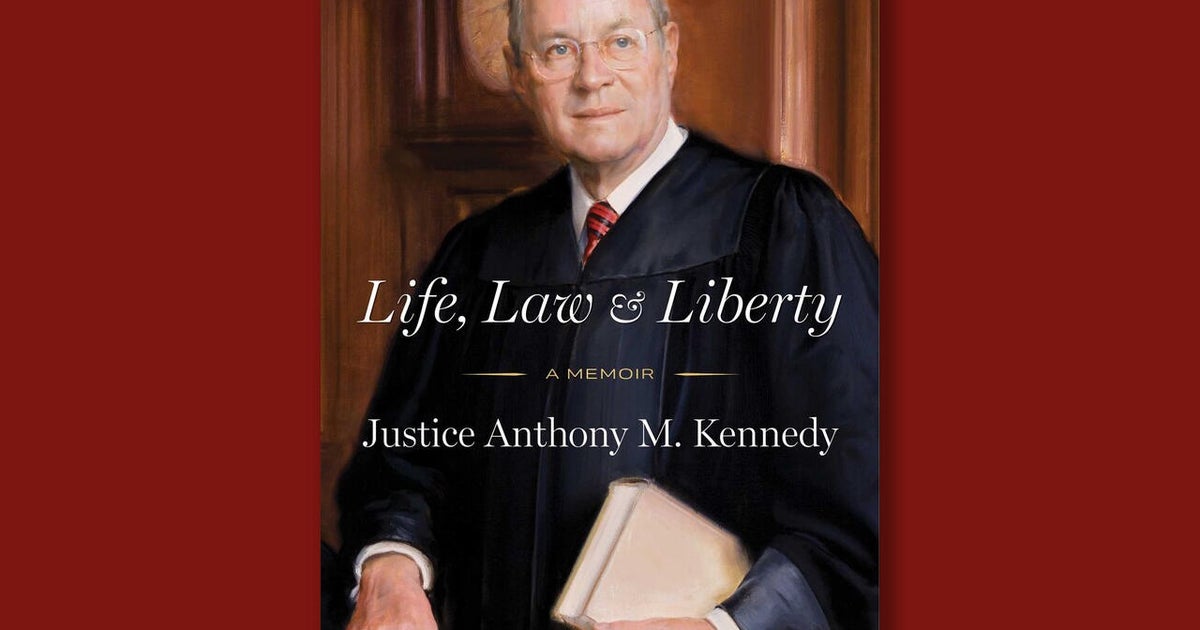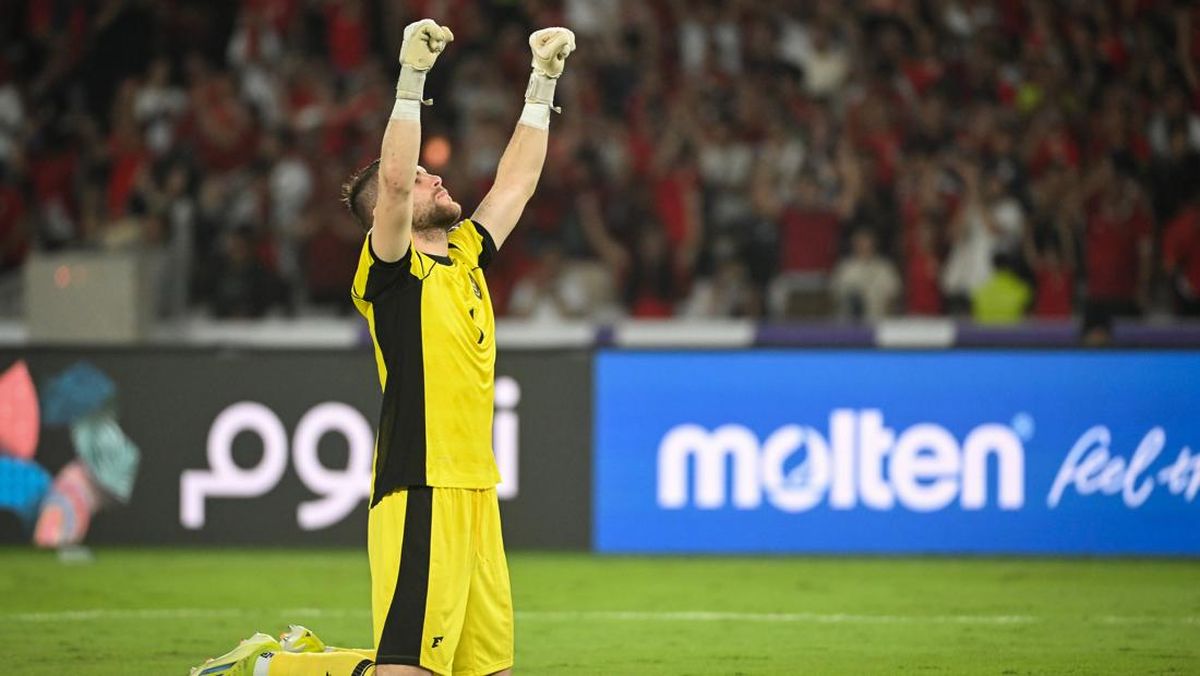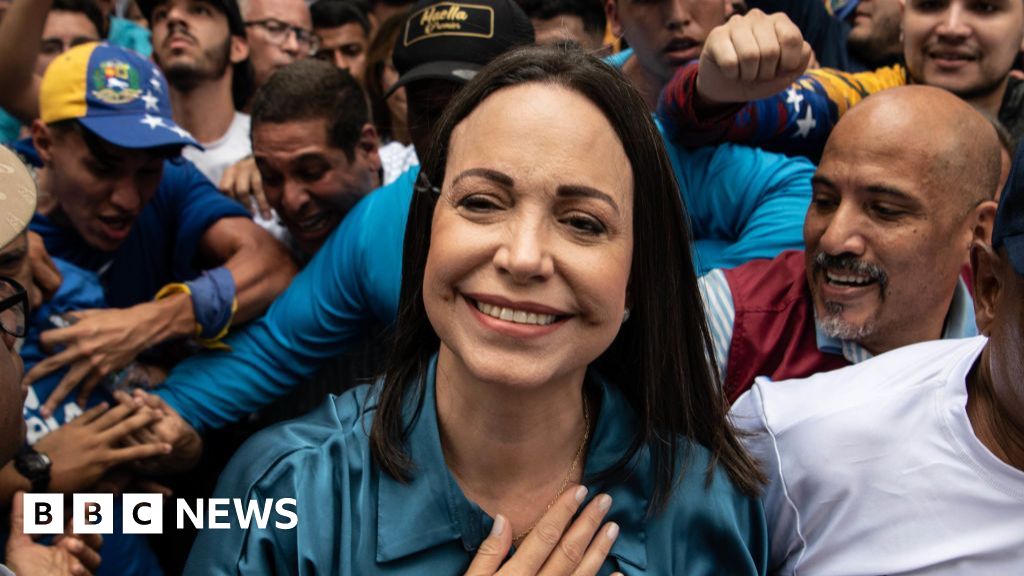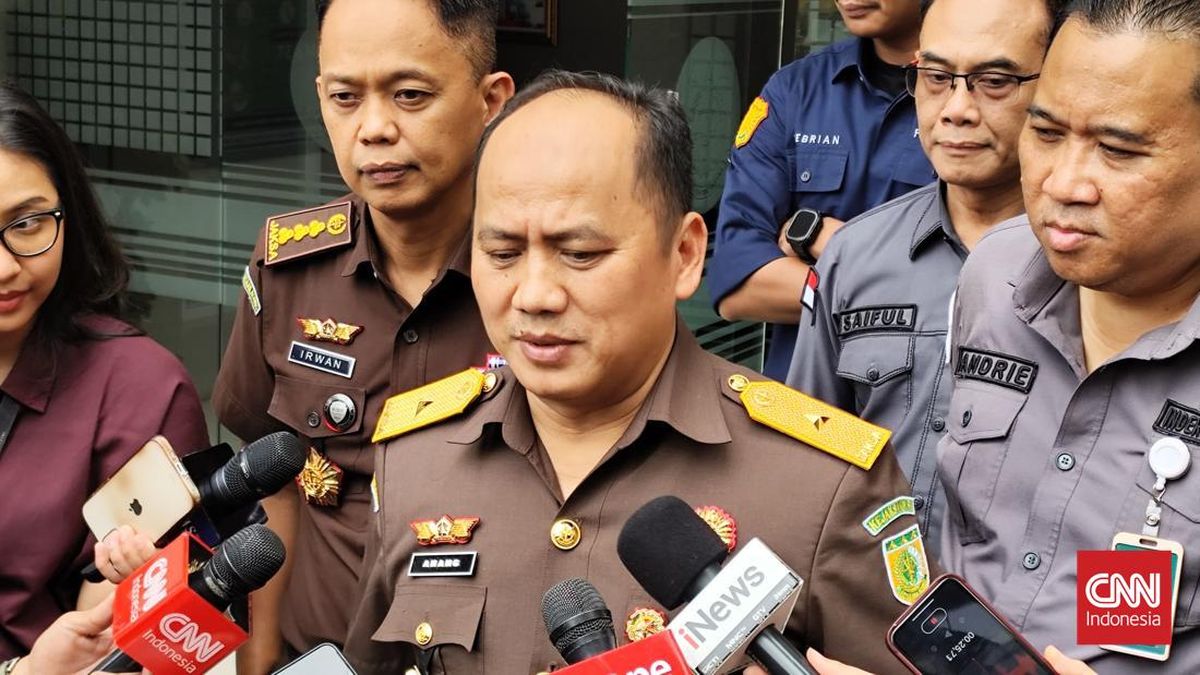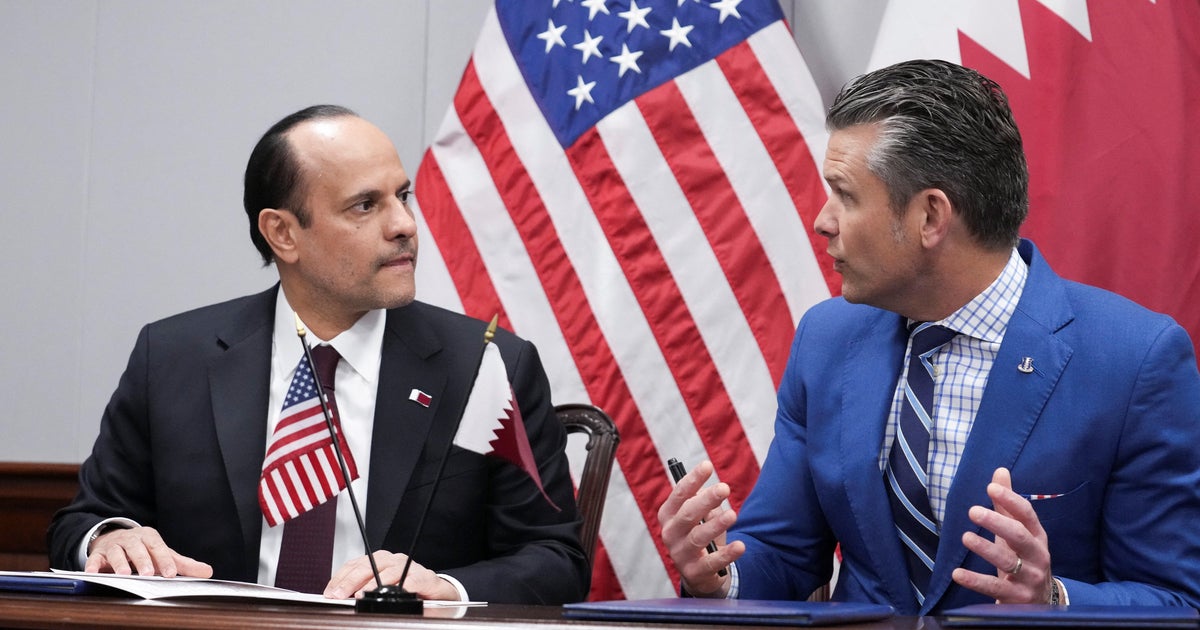Last year, Perth hosted the WWE Elimination Chamber, a series of cage-match style bouts featuring Australian wrestlers Rhea Ripley and Nia Jax, along with franchise heavyweights Logan Paul, Randy Orton and Drew McIntyre.
The event, held on a wet Saturday in February that had earlier seen the iconic Rottnest Channel Swim abandoned, still drew a crowd of more than 50,000 to Optus Stadium and was enough of a success for a swift promise of a follow-up event.

Logan Paul in action against Drew McIntyre during the WWE Elimination Chamber in Perth last year.Credit: WWE via Getty Images
This weekend’s offering is bigger and billed, quite rightly, as a “takeover”. As well as the Crown Jewel: Perth event on Saturday night, there was an accompanying Friday Night SmackDown and Monday Night Raw.
The calibre of superstar has been stepped up, too. Alongside Cena – who is arguably the franchise’s biggest current star – Cody Rhodes, AJ Styles and Seth Rollins are among the headliners over here for the weekend.
OK, but why Perth, of all places?
That’s the question wrestling aficionados across the nation would be forgiven for asking.
Fans of UK soft-rockers Coldplay were asking themselves the same thing back in 2023, when Chris Martin and his bandmates announced two exclusive shows in Perth for November that year as part of their Music of the Spheres World Tour.
Football tragics across the nation would also be checking Skyscanner after confirmation earlier this week that Italian powerhouses AC Milan and Como would be playing a Serie A game (that’s right, for points) in the western capital in February 2026.
Linking all these major events is the WA government’s shift in tourism strategy, which aims to draw crowds west where they will spend big on accommodation, shopping, dining out and maybe even cast their eyes to the state’s regions for a road trip while they’re here.
In the aftermath of the Coldplay concerts in 2023, then-tourism Minister Rita Saffioti credited a post-COVID decision to pump the WA Tourism Commission with about $14 million solely for events and give it free licence to persuade big acts to come to the state.
Loading
Current Tourism Minister Reece Whitby, speaking to media on Thursday at a pop-up “superstore” overflowing with wrestling fans in Perth’s CBD, said he had met visitors from across the country and overseas, some of whom had rented cars to drive to northern attraction The Pinnacles while they were here.
It’s not just wrestling, concerts and sports, although that does make up a big part of the offering.
Melbourne street artist RONE held a “world-exclusive” immersive exhibition at the Art Gallery of WA from July 2024, while one of the biggest exhibitions of the Shaanxi terracotta warriors outside of mainland China is currently being shown at the WA Museum.
Sounds like a good strategy – but does it work?
Well, Tourism WA’s annual report for the 2024-25 financial year, released last month, showed visitor numbers had fallen to 11.7 million from 11.9 million the previous financial year. The tourism body had aimed to draw 12.1 million visitors to the state.
The total dollar amount spent by visitors to WA also fall from $17.7 billion in 2023-24 to $17.2 billion in 2024-25, about $1.3 billion short of the $18.5 billion target.
Cost-of-living pressures and strong growth in Australians travelling overseas were partly blamed for the lower spend, while the report also noted the recovery rate of international visitors coming to WA had been slowing, particularly in the business sector.
Still, when it came to major events, the report highlighted the Wallabies-Springboks clash at Optus Stadium, the Perth International Football Cup at HBF Park and UFC 305 at RAC Arena, which collectively attracted more than 11,300 out-of-state visitors and generated more than $20 million in visitor expenditure.
But back in the CBD this week, Whitby was ebullient.
Loading
“Perth’s on fire. It’s on the world map,” he said.
“I mean, you had the UFC event, which was 12,500, the biggest gate of any UFC fight night in Australian history.
“Then you had the Bledisloe Cup, over 60,000 people at that event again, another sellout.”
Whitby pointed to the upcoming Ashes as another coup for the city’s tourism industry.
“You’ve got 25,000 people paying for tickets to come from the United Kingdom to watch the cricket in Perth in November,” he said.
“We’re building an around-the year calendar of exciting, big, blockbuster events.
“We’re getting criticised in some quarters for doing that, but you know, the naysayers only have to look around to Perth today to see that this works.”
However, the success of international acts has the potential to come at a local cost, cultural experts warn.
Sam Whiting and Justin O’Connor, from the University of South Australia, argue the return on government investments in arts and events should be measured over a decade, and include social and cultural benefits that take time to emerge.
Writing in The Conversation after the revelation the WA government had tipped in $8 million to bring Coldplay to Perth, the pair lamented the fact that headline talent was almost always imported, and raised concerns about the purpose of arts and cultural policy.
“Local music used to be the heart-blood of Australian popular culture, inseparable from the country’s sense of self-confidence and identity. It is now in dire straits,” they wrote.
“Importing mainstream British acts at the cost of millions while Australian music is atrophying is ultimately counterproductive.”
Start the day with a summary of the day’s most important and interesting stories, analysis and insights. Sign up for our Morning Edition newsletter.

